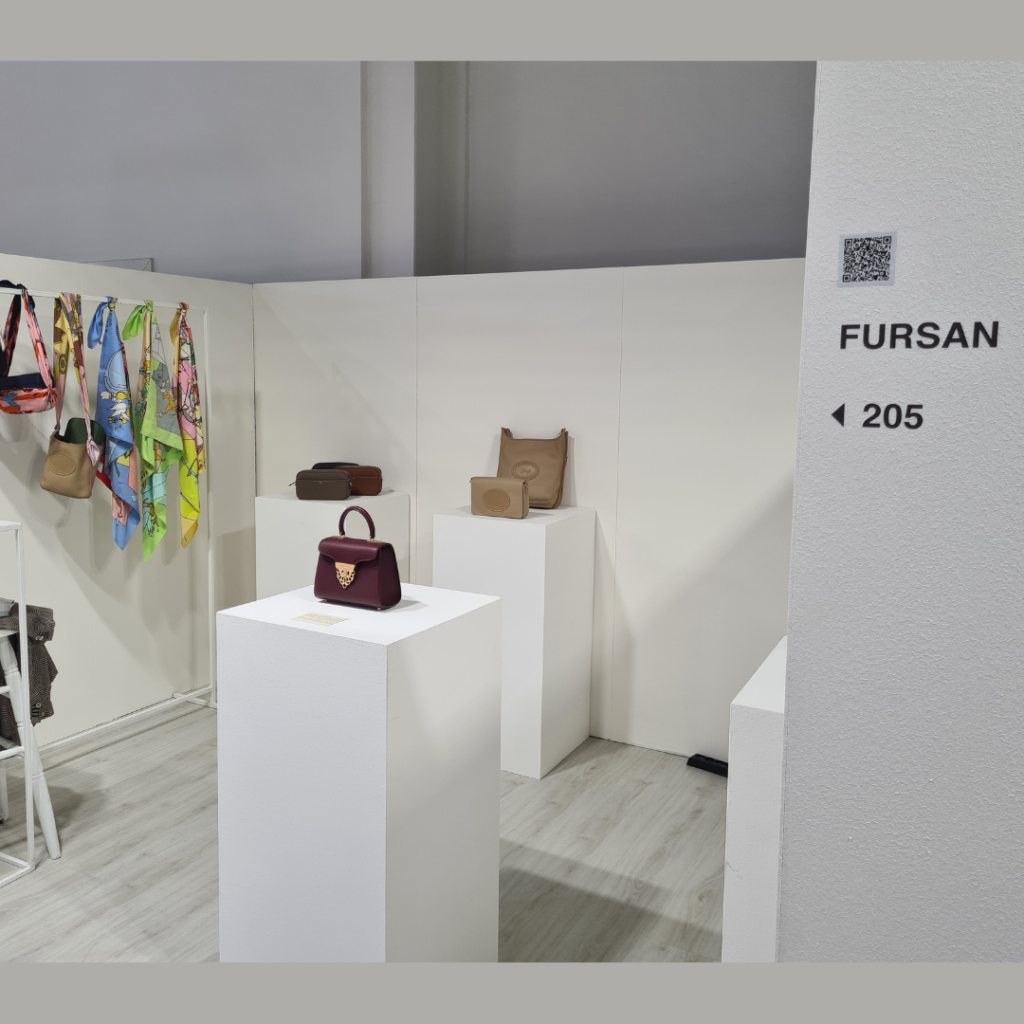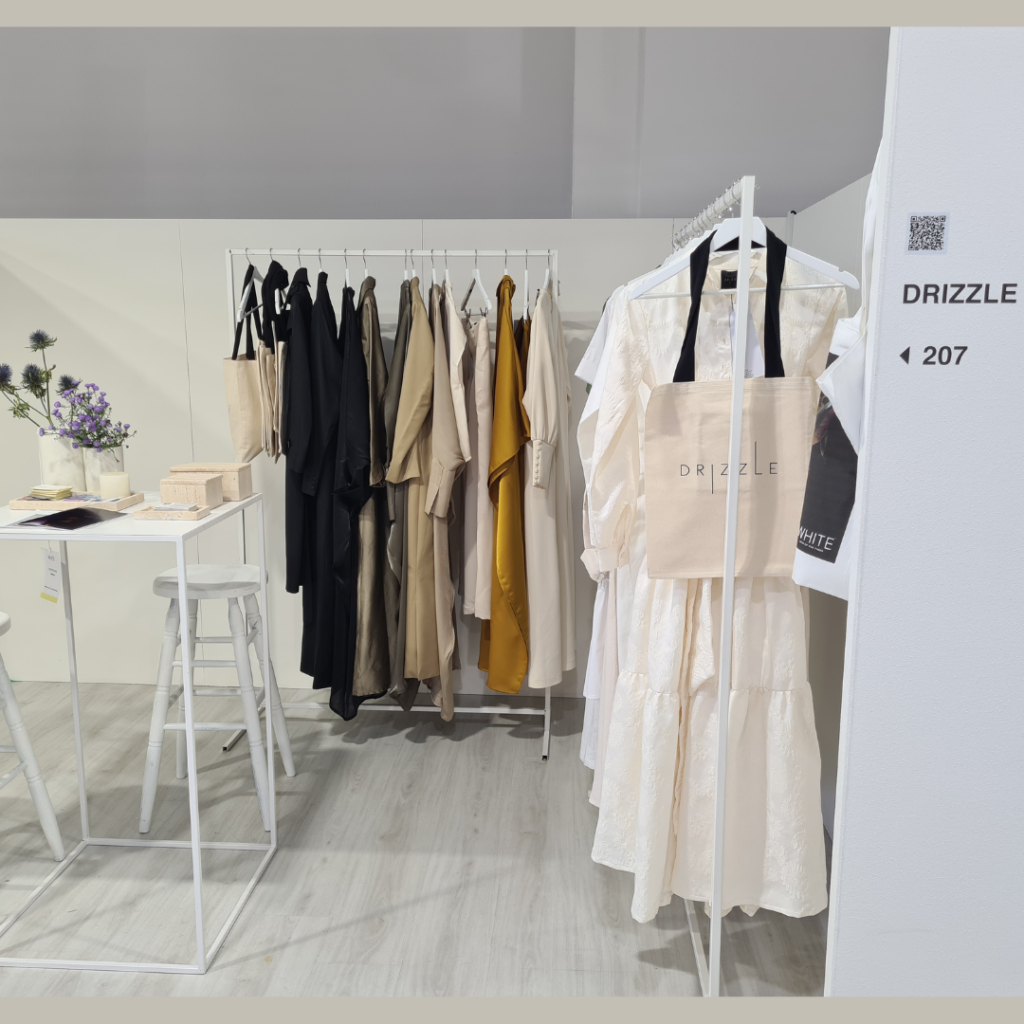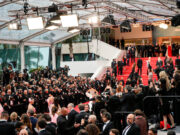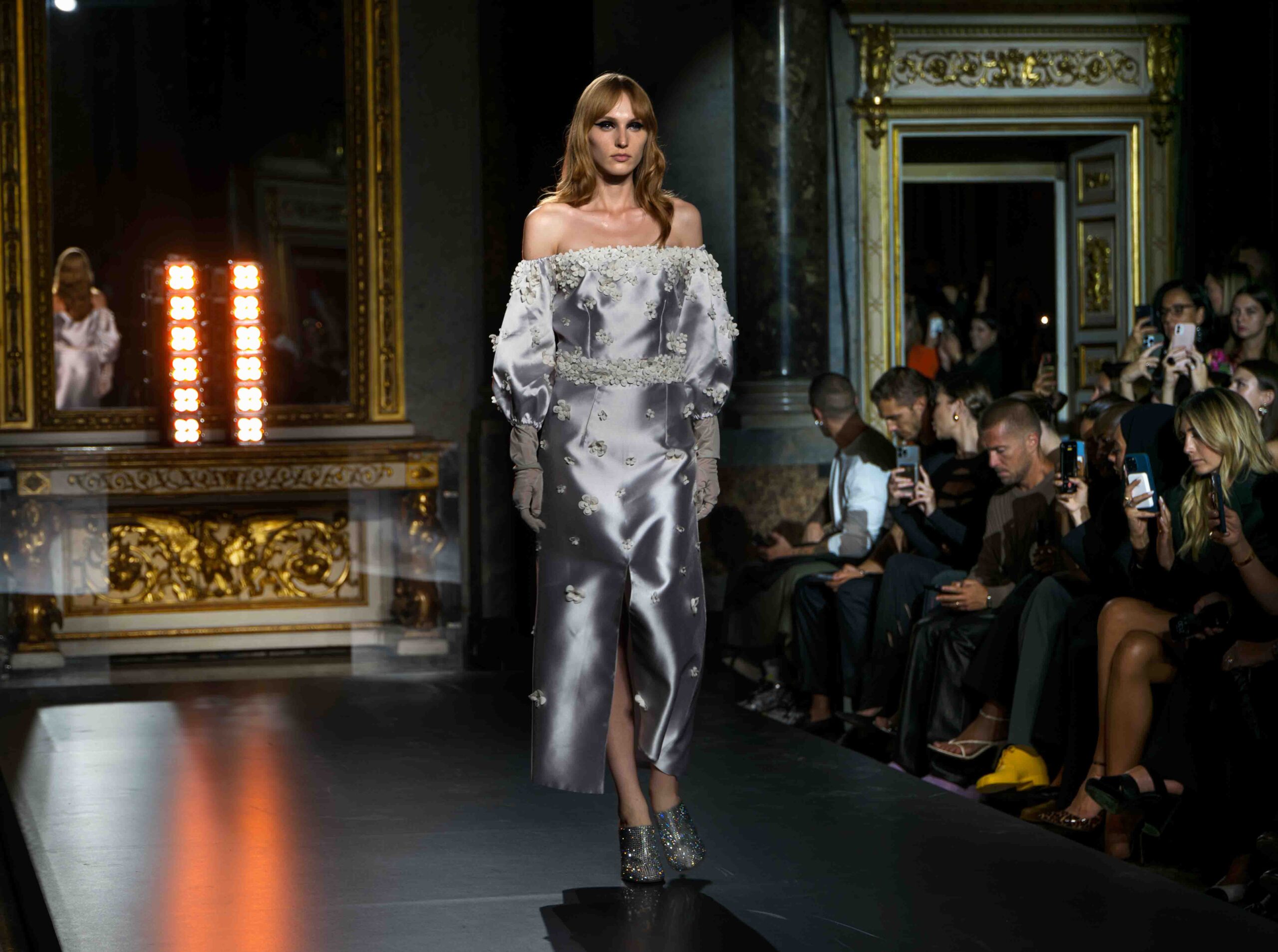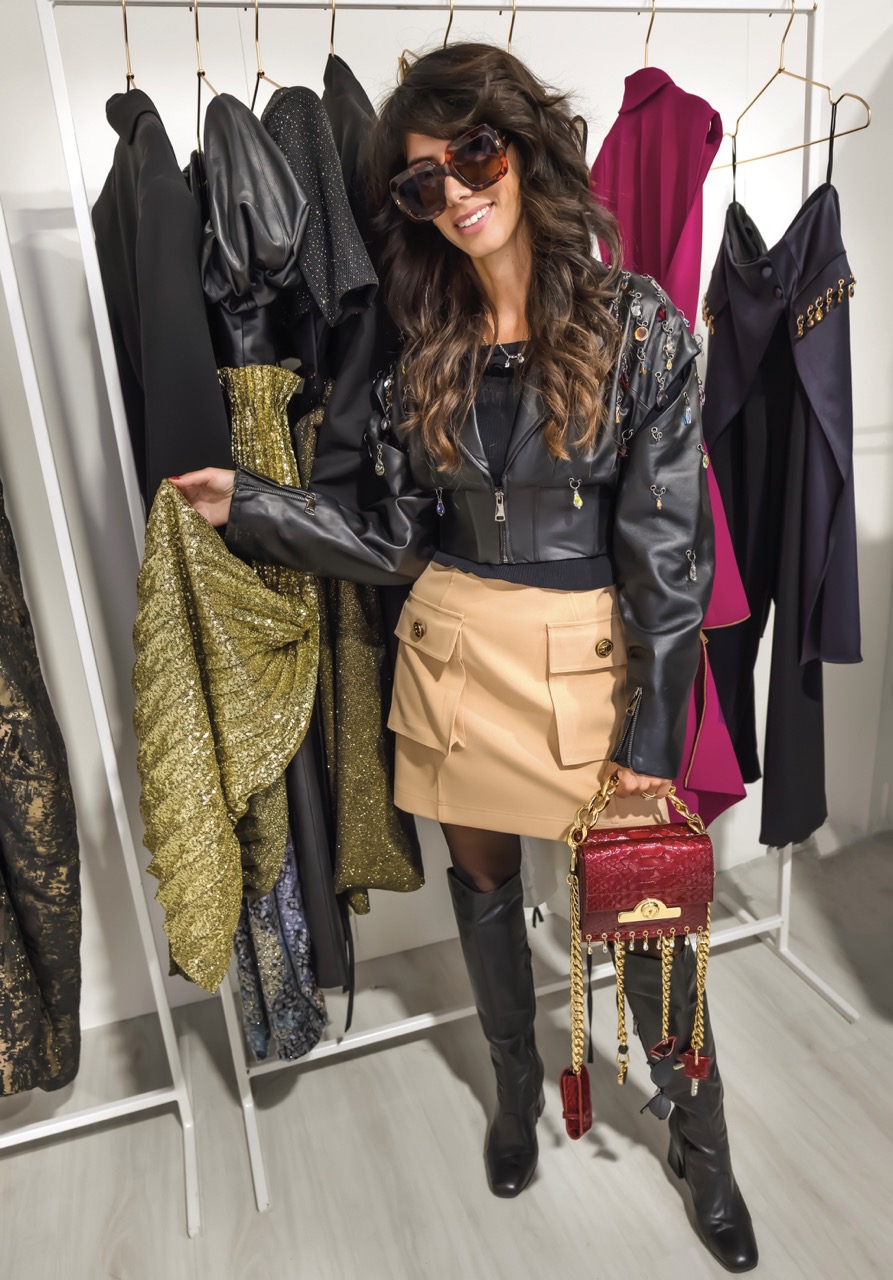
In the ever-evolving world of fashion, it is often said that diversity knows no bounds, and no region better exemplifies this than the Middle East. The sartorial tapestry of this ancient and culturally rich part of the world has long been an intricate web of tradition, innovation, and luxury. Today, Middle Eastern fashion is enjoying a well-deserved moment in the global spotlight, with modest fashion trends making waves far beyond its historic boundaries.
The Middle East, a melting pot of cultures and influences, has long been a source of inspiration for fashion connoisseurs. From the souks of Marrakech to the grand bazaars of Istanbul, the vibrant colors, intricate patterns, and opulent textiles of this region have bewitched fashion designers for decades. However, it is the modest fashion movement that has taken the world by storm, challenging conventional ideas of what style can be.
Modest fashion is not merely a trend but a statement of empowerment. It is a celebration of both tradition and individuality. Middle Eastern designers have played a pivotal role in fostering the global shift towards modesty, redefining elegance and luxury for the modern woman. Designers like Elie Saab, Zuhair Murad, and Rabih Kayrouz have created collections that encapsulate the essence of Middle Eastern fashion, offering a harmonious blend of modesty and high fashion.
What sets Middle Eastern modest fashion apart is its ability to seamlessly merge tradition with modernity. Abayas and kaftans have been elevated to works of art, adorned with intricate embroidery and Swarovski crystals, challenging the stereotype that modesty equates to simplicity. These garments have become symbols of cultural pride, inspiring both women within and beyond the region to embrace their heritage while asserting their personal style.
The Middle Eastern fashion landscape is a testimony to the belief that clothing can be a powerful tool for self-expression. Influential women such as Queen Rania of Jordan and Sheikha Mozah bint Nasser of Qatar have consistently showcased the elegance of Middle Eastern fashion on the international stage. Their choices in attire have transcended borders and resonated with women worldwide who appreciate the beauty of modest fashion.
The influence of Middle Eastern fashion on the world stage is not limited to the red carpets of Hollywood or the runways of Paris. High-street brands and fast-fashion retailers have recognized the market's potential and have begun to incorporate elements of modest fashion into their collections. We now see an array of modest styles, from long-sleeved dresses to wide-leg trousers, in the ready-to-wear sections of stores around the globe.
The rise of modest fashion from the Middle East has ignited a dialogue about cultural appreciation and inclusivity. It encourages us to celebrate the diversity of our world and appreciate the beauty in each other's traditions. Fashion, as a universal language, allows us to connect and understand each other in ways words sometimes cannot.
In a world where individuality is cherished, where women are boldly claiming their space, and where diversity is the true essence of beauty, the Middle East's influence on the world of fashion is a beacon of inspiration. Modest fashion has transcended its regional roots and has become a global phenomenon. The beauty of this movement is not just in the garments but in the values it represents – a deep respect for tradition, a celebration of individuality, and an unwavering commitment to empowering women worldwide.
Middle Eastern fashion has not only left an indelible mark on the world, but it continues to evolve and inspire, shaping a more inclusive and diverse future for the fashion industry. The world has taken note, and the allure of modest fashion from the Middle East shows no sign of fading. After all, true style knows no boundaries, and in the realm of fashion, the Middle East has effortlessly proven this to be true.
By Tuleen Ziben
QATAR DESIGNERS - POP UP STORE AT WHITE SHOW
(Milano Fashion Week SS24)









